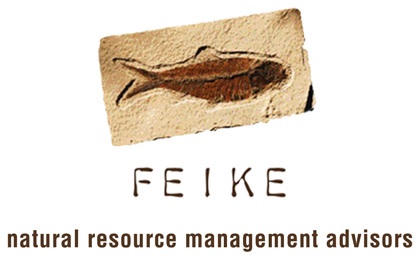If ever an appellate authority remained committed to repeating a comedy of errors, the Minister of Fisheries' repeated unlawful and irregular decision-making processes in the hake inshore trawl and sole fishing sectors are cases in point. Bad decisions in law and fact were made repeatedly since July 2017. The comedic errors are of course far from funny. These bad decisions simply annihilate any confidence left in the beleaguered fisheries regulator. They harm legitimate private capital interest in the sector. Instead, what we do see is an increase in illicit capital looking at ways to launder their cash and bribe their way to fishing rights.
These bad decisions have a profound negative impact on right holders trying to keep people employed and ensuring investments return a decent income.
The question is, given these multiple unlawful decisions, a multiplicity of review applications and adverse orders against the Fisheries Minister (the only hake inshore trawl fishery decision that was ever successfully defended was the DDG's December 2016 decision which was unsuccessfully challenged by Viking Fishing), where does this leave right holders and appellants in this sector?
In simple terms, the Western Cape High Court order of 1 August 2019 effectively takes us back to the moment immediately before the Minister took his first unlawful appeal decision in the Hake inshore trawl fishery in July 2017. Accordingly, at that time the fishery had -
- 14 Category A right holders (Viking Fishing's right was subsequently purchased and transferred to Seavuna Fishing Co (Pty) Ltd);
- 6 Category B new entrant right holders; and
- 6 Category C new entrant right holders.
The Minister may not interfere with the appeals decided with respect to the Category A right holder group. She may also not interfere with the 70% portion of the hake inshore trawl TAC that was set aside and allocated to these existing right holders.
The Minister may only consider the appeals filed by new entrant appellants in 2017. In addition, Minister Creecy has now correctly called for appellants to supplement their appeals before she finally decides these.
What should New Entrant appellants do? Obviously, given the passage of time since these entities had filed their appeals in 2017, they ought to supplement their appeals given changes in their financial and economic circumstances, including the vastly different global economic and trade circumstances we presently face.
Can the Minister allocate more fishing rights to new entrants? The Minister is entitled to allocate additional rights (As the previous minister had) but Minister Creecy has the unique benefit of hindsight given that she can factually determine whether allocating additional fishing rights to new entrants will actually result in job creation, additional economic activity and actual utilisation of the right by these new entrants.
Can the Minister change the quantum allocation formula? Yes, Minister Creecy can adjust the quantum allocation methodology provided that she does so with respect to the 30% TAC she has available for the new entrant category group only. She cannot amend the allocation of quantum to the Category A right holder group.
By when must the supplemented appeals by new entrants be filed? Deadline would be 16h00 on Wednesday 25 March 2020.

No comments:
Post a Comment